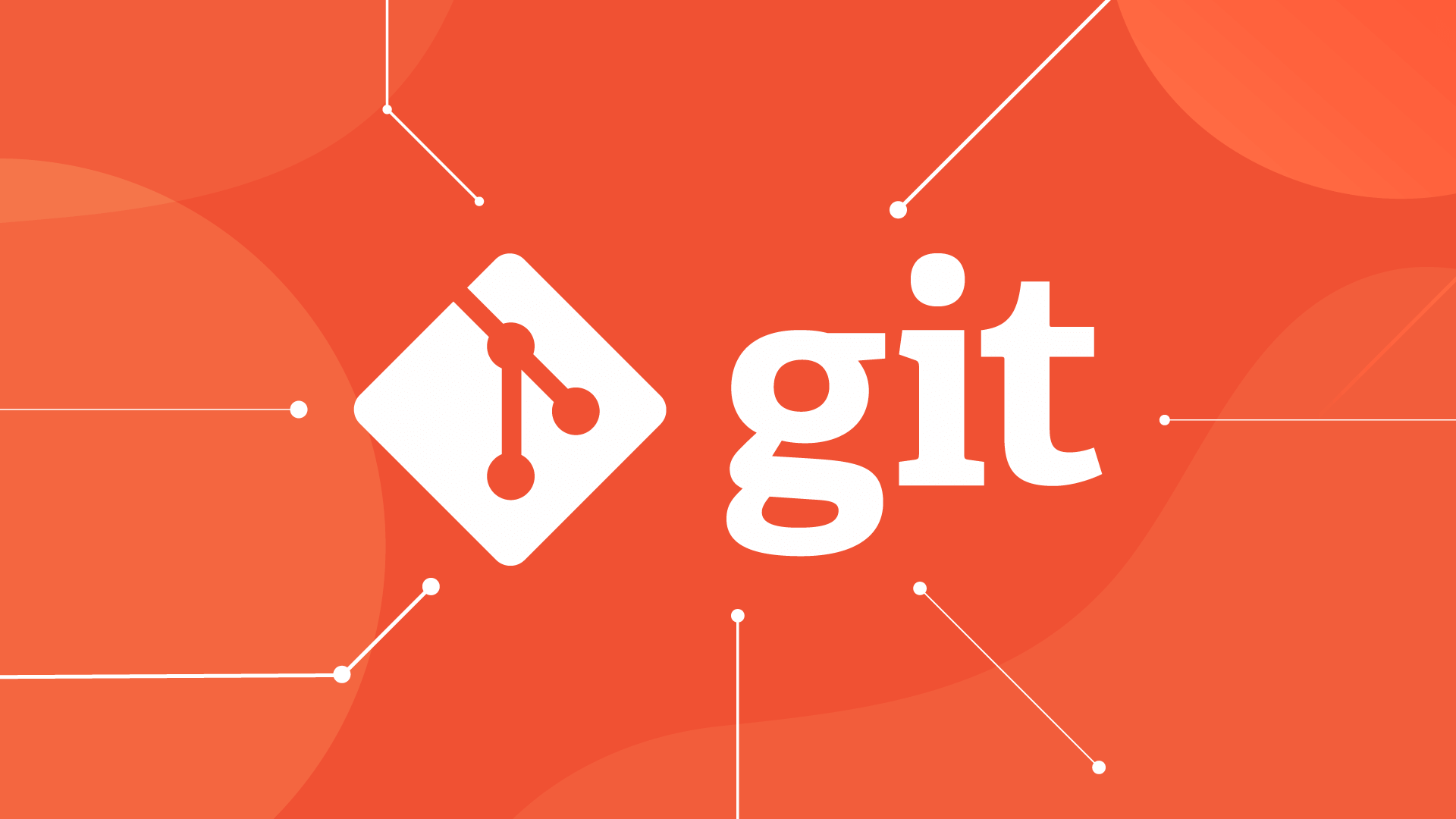
April 17, 2024
Unlocking the Power of Advanced Git: Enhancing Collaboration and Efficiency
Introduction:
Git, the ubiquitous version control system, is not just about basic commands like commit, branch, and merge. Its advanced features offer a plethora of capabilities that can revolutionize the way teams collaborate, streamline workflows, and ensure project integrity. In this blog post, we'll delve into the advanced functionalities of Git, exploring how they empower developers to work more efficiently and effectively.
Git Rebase:
Git rebase is a powerful command that allows you to rewrite the commit history of a branch. Unlike merging, which creates a new commit to integrate changes from one branch into another, rebasing rewrites the commit history to make it appear as though the changes were always made on top of the target branch. This results in a cleaner and more linear history, making it easier to understand and review.
To rebase a branch onto another branch, you can use the following command:
git checkout feature-branch
git rebase main
Git Stash:
The Git stash command is useful when you need to temporarily shelve changes in your working directory to work on something else. It allows you to stash away changes without committing them, effectively saving your work-in-progress state.
To stash changes, you can use the following command:
git stash
And to apply the stashed changes back into your working directory, you can use:
git stash apply
Git Bisect:
Git bisect is a powerful tool for finding the commit that introduced a bug by performing a binary search through the commit history. It automatically checks out commits and asks you to determine whether the commit is good or bad, helping you narrow down the range of commits that may contain the bug.
To start a bisect session, you can use the following commands:
git bisect start
git bisect bad
git bisect good <commit>
Git will then automatically check out commits for you to test until it identifies the commit that introduced the bug.
Git Hooks:
Git hooks are scripts that Git executes before or after events such as commits, merges, and pushes. They allow you to automate tasks or enforce rules in your repository. Git provides various hooks, such as pre-commit, post-commit, pre-push, etc., which you can customize to fit your workflow.
To create a Git hook, you can add an executable script to the .git/hooks directory of your repository with the appropriate hook name (e.g., pre-commit, post-merge, etc.).
Conclusion:
Mastering advanced Git techniques can significantly improve your productivity and collaboration with other developers. From rewriting commit history to automating tasks with hooks, Git offers a wide range of features to streamline your workflow and make version control more efficient. By incorporating these advanced techniques into your workflow, you can become a Git expert and take your development projects to new heights.
970 views
